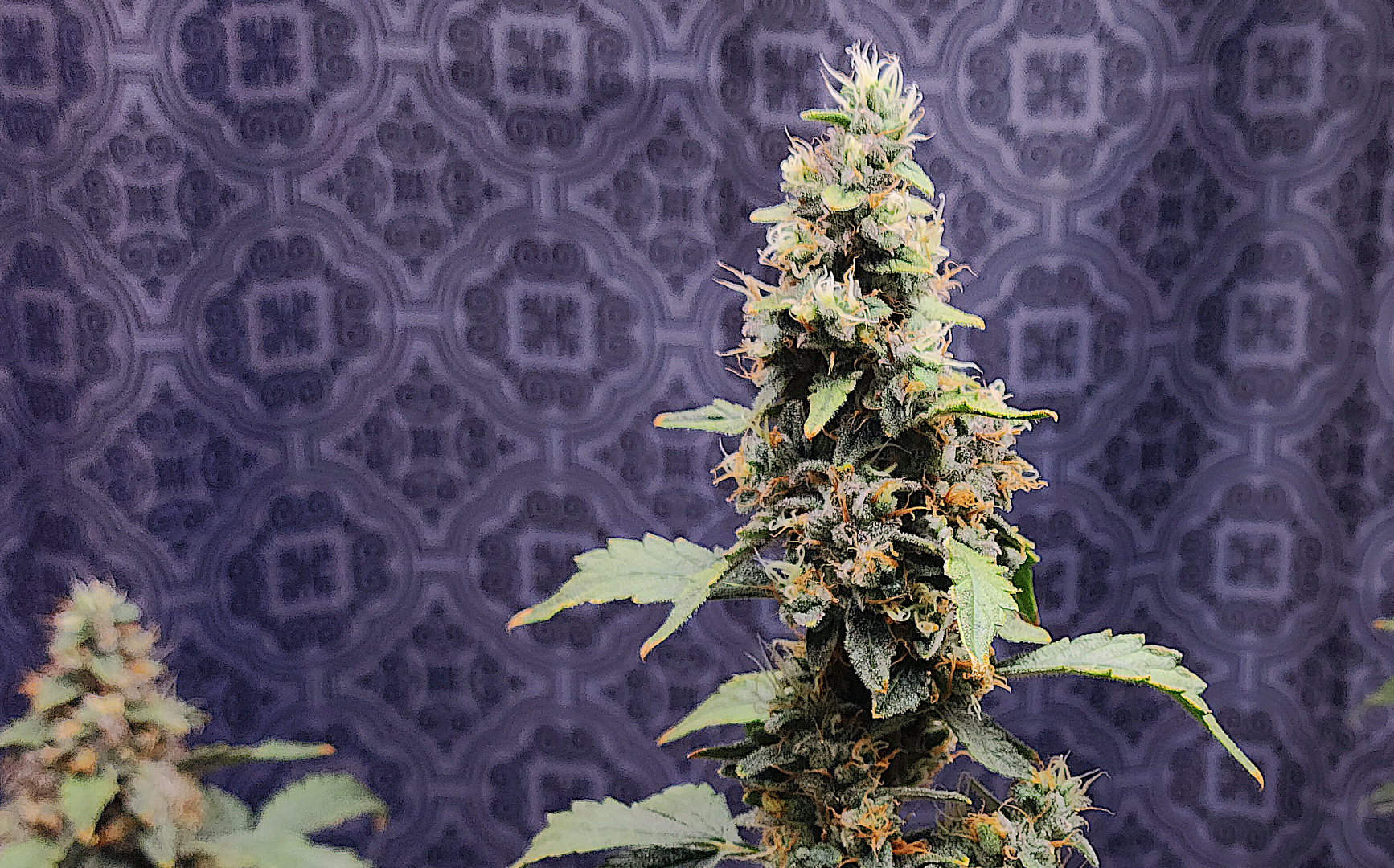The bloom / flower phase has one focus: giving the plant the nutrients it needs to produce potent trichomes.
Little White Pistils
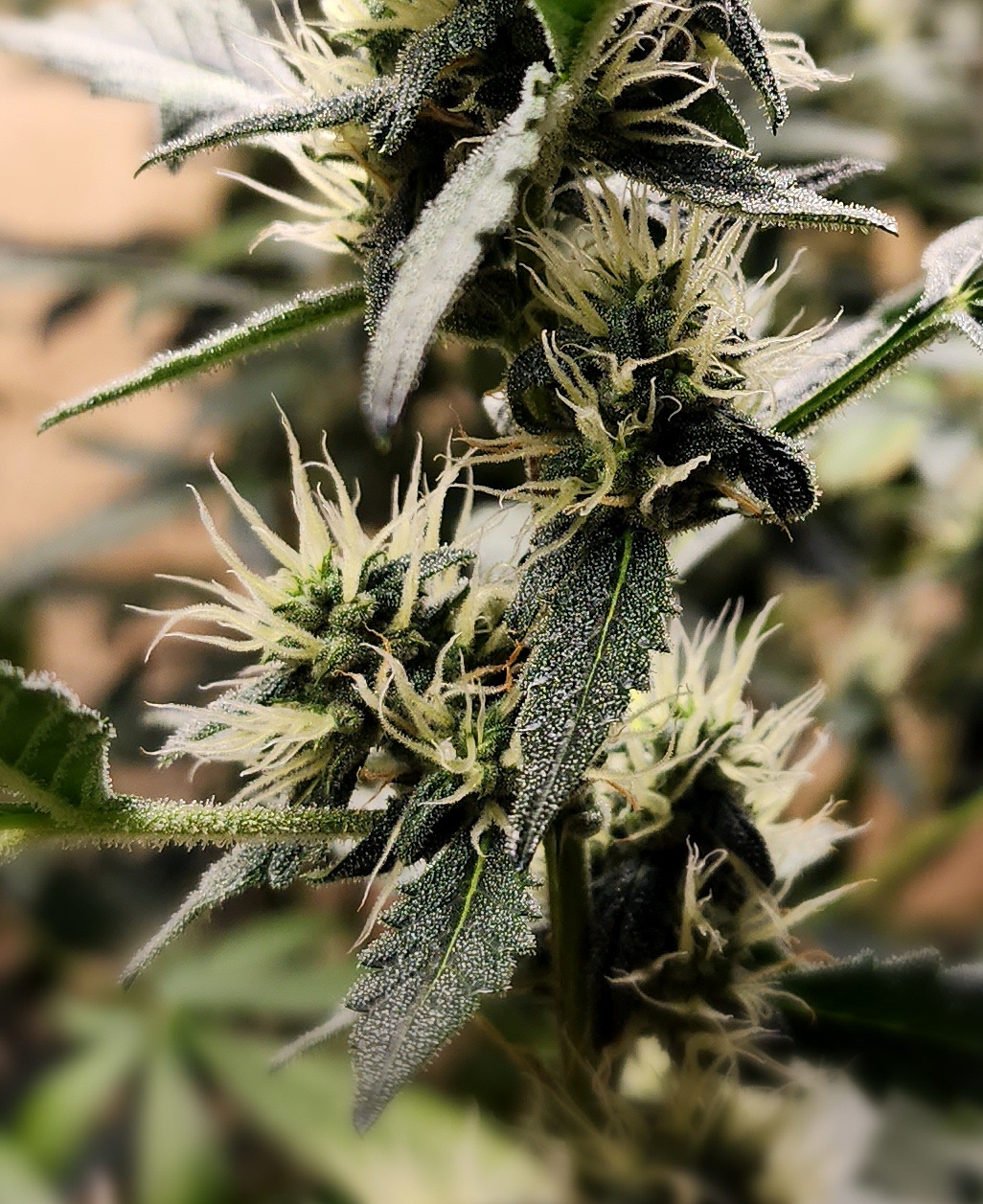
At about the third month of growth, autoflowers will start producing little white pistils. The image at left was taken late in the game but it shows clearly what they look like: these white hairs will turn into whiskers, and the whole top of the plant will start changing over the next several weeks.
When you see these pistils start to form, your plant is transitioning into bloom. In autoflowers, this is not possible to stop, it’s going to happen. However big your plant was in vegetative phase, that will have provided the foundation for the plant’s bloom now.
Reading Your Plant
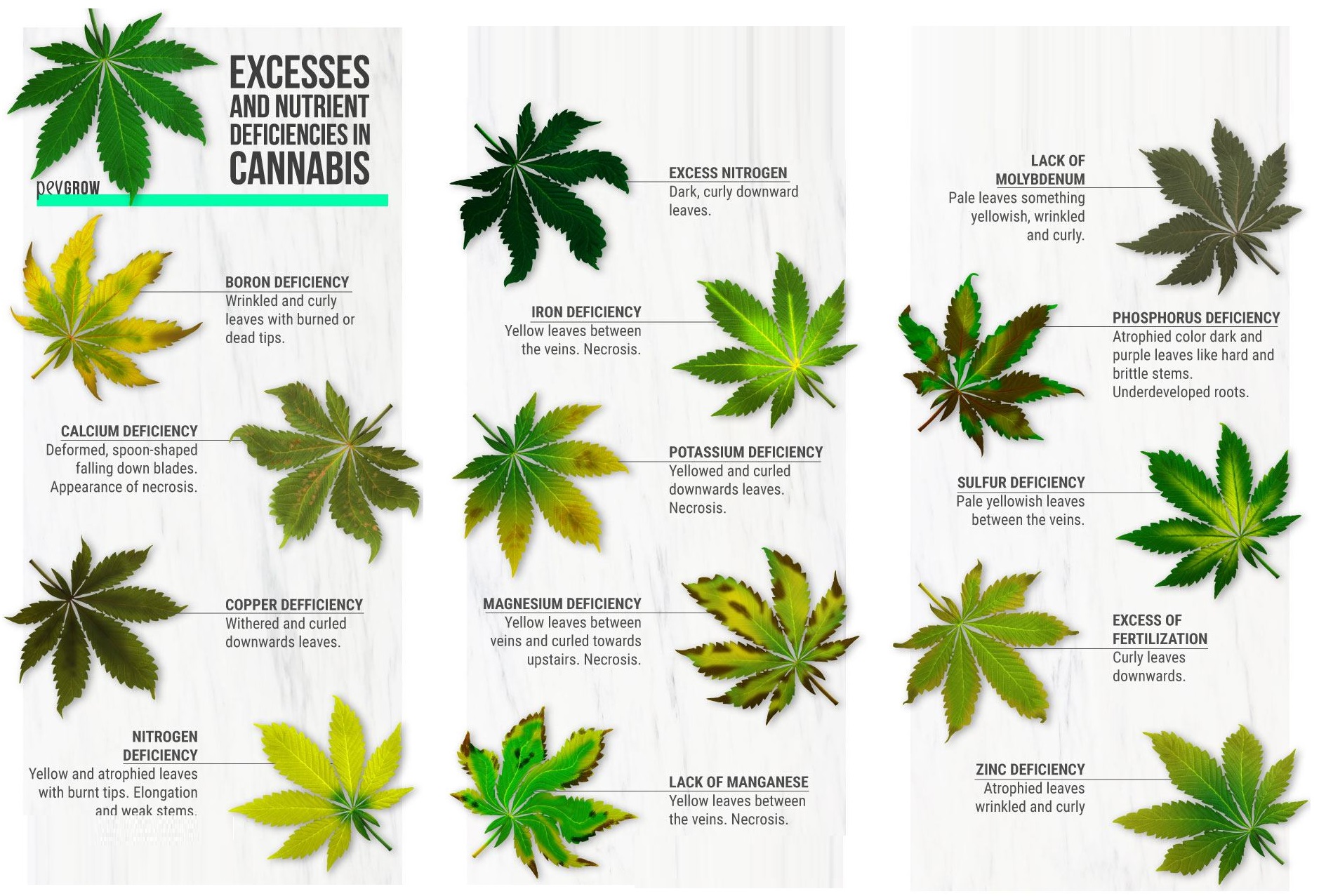
It’s All About the Trichomes
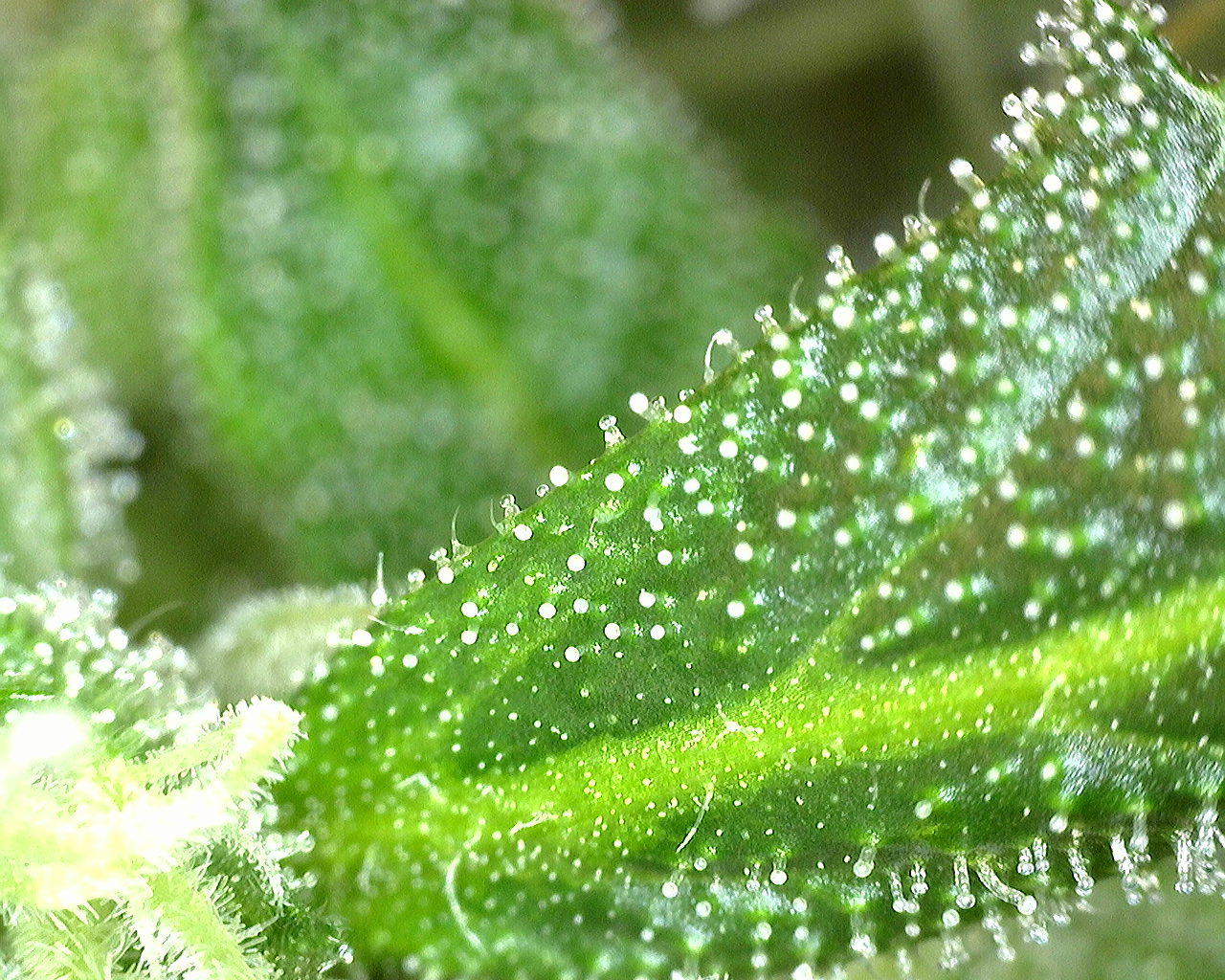
At this phase, the microscopic “trees” – trichomes – are your focus. The image at left was taken early in development.
You’ll want to obtain at least a jewlers’ loop so you can clearly monitor leaf and trichome health. If you can, invest in a USB microscope, the higher the resolution the better – anything under $150 will just frustrate you though so get something elaborate or just stick with the jewlers’ loop.
You’re monitoring for leaf health and watching these little “trees” fill up with cloudy fluid, and you’ll be doing it for a month or so. Worry less about their color (clear/opaque/amber) and more about their health over time.
Don’t Trim / Don’t Touch
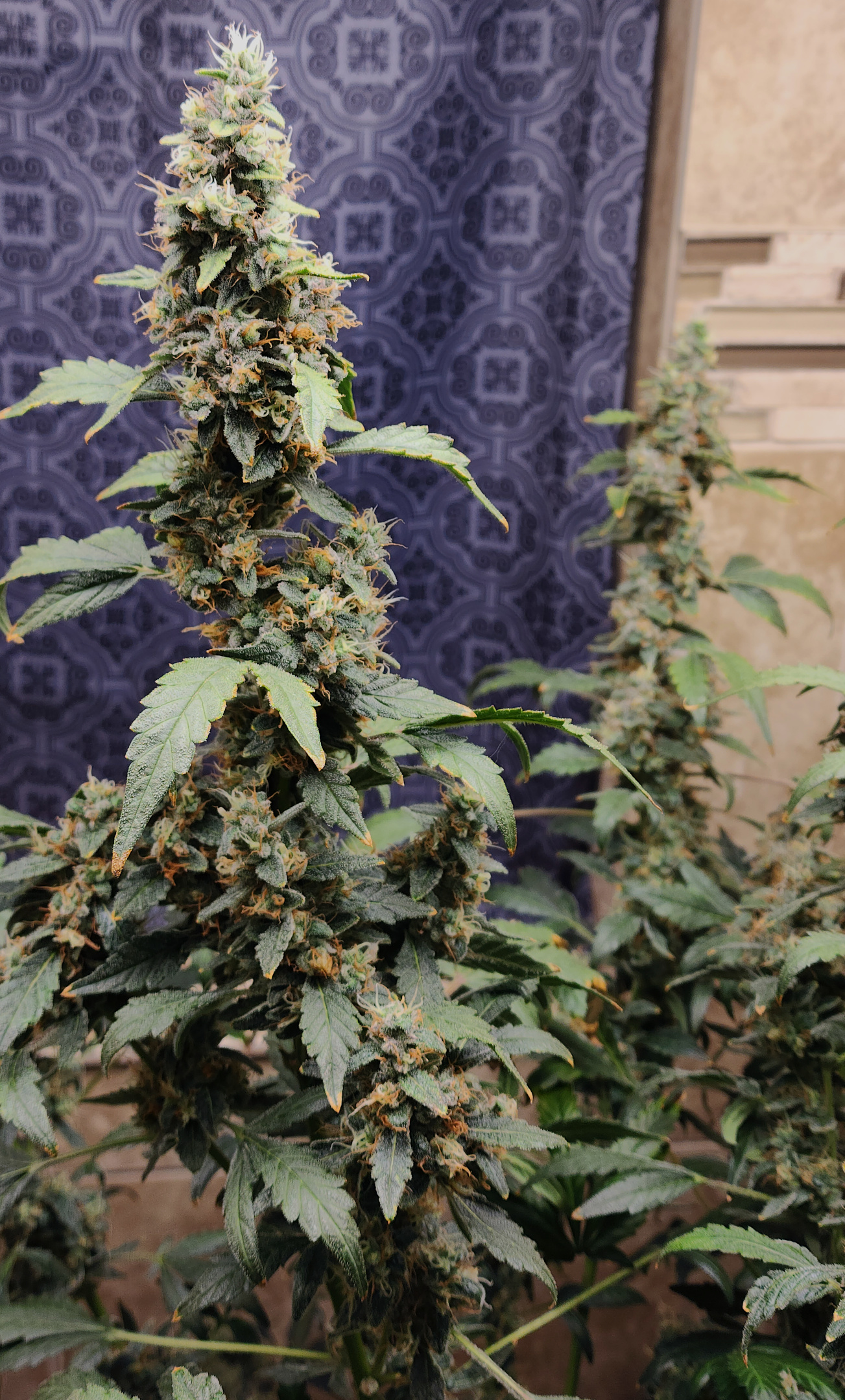
Many sites will tell you to trim off green leaves while it’s in the flower stage – this is a mistake because the plant can use the mobile nutrients in these leaves if there’s a deficiency. You have a margin of error in your hydroponic setup because for the most part your plant can self adjust… but it can’t do this if you lop off perfectly healthy leaves!
You can and should cut off dead leaves, which occur if there are immobile nutrient deficiencies or if new growth steals the nutrients from old growth entirely. Dead is dead, and such leaves can’t help the plant anymore.
While you’re examining and trimming, touch the flowers and trichomes as little as possible! If you have sticky materials on your fingers then you’ve popped some of the trichome stalks which are what you need to harvest, and these things have an oily resin that soap can’t touch – you have to wash your hands with rubbing alcohol, and then soap afterwards.
Can’t Test a Living Plant
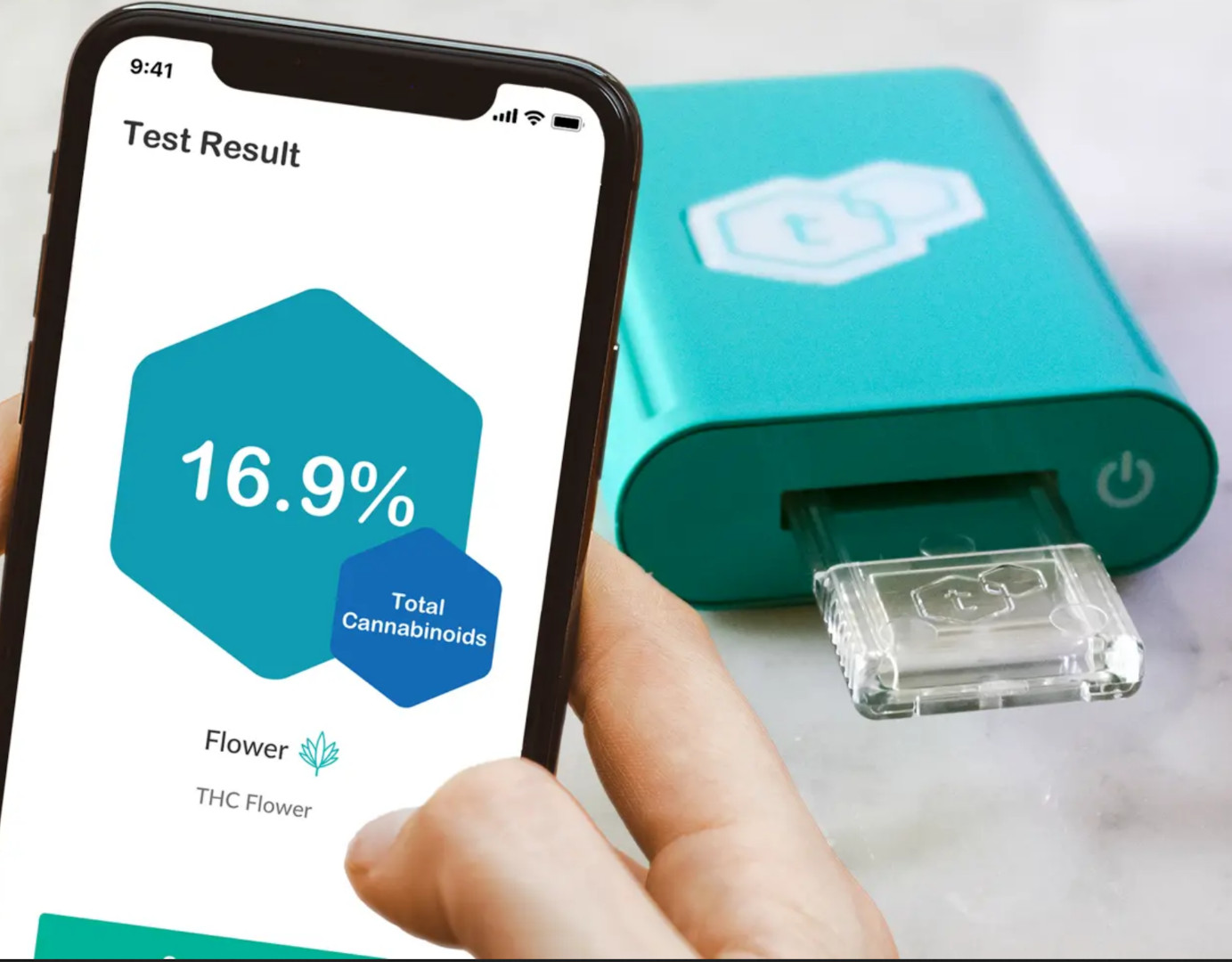
I used a tCheck device to test the resulting resin, but it turns out you can’t test a live plant! I theorize it’s because it’s still full of water which throws off the weight/content ratio.
I thought I could harvest the plant when the content reached the target percentage and started to go DOWN in concentration due to THC -> CBN degradation, but it doesn’t work this way. You have to grow, monitor, adjust nutrients and harvest based on the plant and your observations, you can’t use a tester until after it’s harvested and dehydrated.
Don’t Harvest Too Early
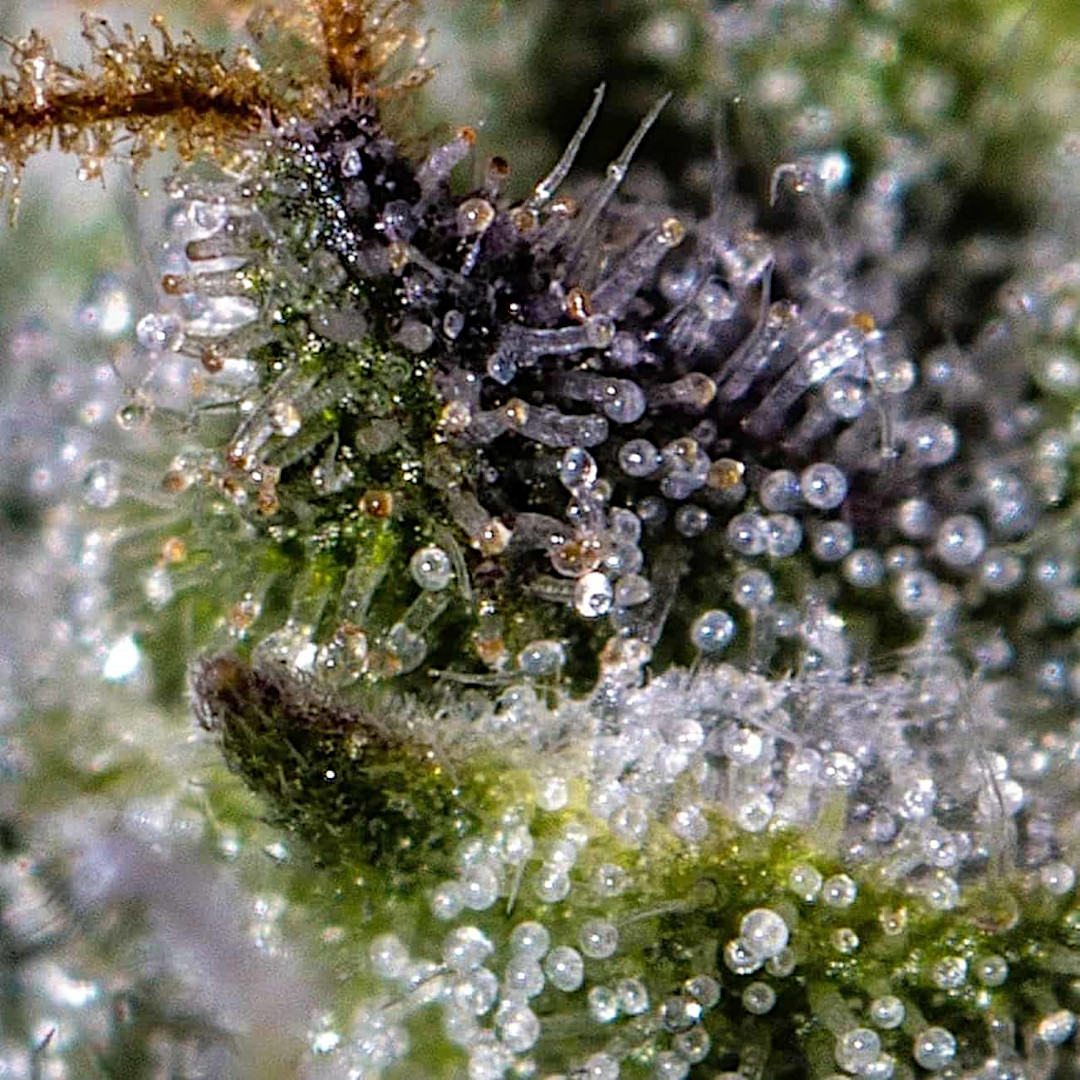
(Image from thesouthafrican.com )
The rule of thumb is to harvest when about 30% of your trichomes turn an amber color and the rest are milky-white. The associated theory with this is that the milky-white trichomes have degraded so they’ve turned amber, which is good because CBN is a muscle relaxant and helps with the nerves, but you don’t want too much.
The problem is that this isn’t accurate. According to The Good Lab in Colorado Springs, CO , this does not indicate CBN content nor does it indicate chemically what’s in the plant. It’s like popping your finger in your mouth to get it wet and then sticking it in the air to get a feel of the breeze: this is just a rule of thumb, your plant and its health will have more to do with harvest time than amber trichome percentage.
That said, if you have zero naturally occurring amber trichomes on your leaves, don’t harvest yet as it’s too early. Once you do, let it go for about another week.


